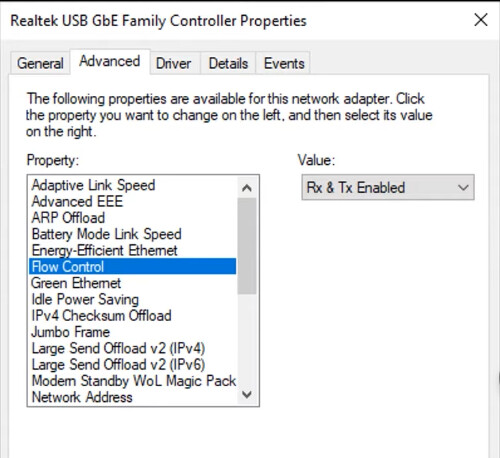
II've disabled Flow Control on the PC Gbit NIC (Realtek).
Now when I run a single or double data transfer from the PC to 100Mbps device/s (case 2 and 3) I am able to download from WAN at full speed on the PC. That wasn't possible with Flow Control Enabled.
The downside of this is that now in case 3 the LAN traffic is interrupted (ping command gives an error) and movies just stop playing.
In case 2 it still manages to transfer one movie stream but the goal is to have three simultaneous LAN data streams without interruptions.
I think we are approaching the main goal and narrowing down the list of possible reasons.
From this video https://www.youtube.com/watch?v=ULSJxhfD244
I understand that now I need to check if the 802.1Qbb is supported and enabled.
Looking through the R7800 switch documentation [https://github.com/Deoptim/atheros/blob/master/QCA8337-datasheet.pdf]
I see lots of info about 802.1Q.